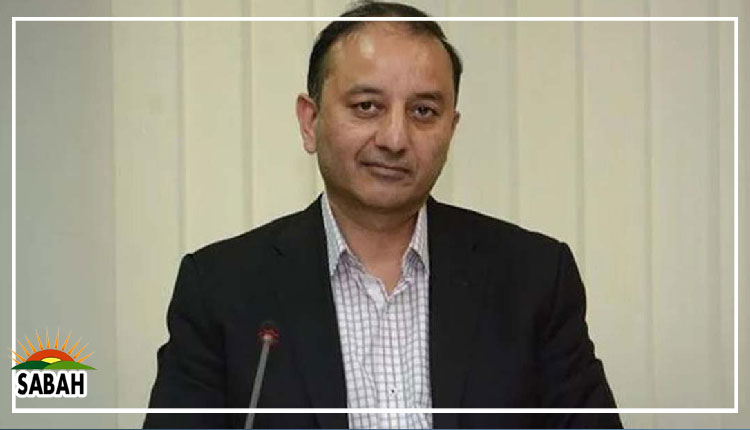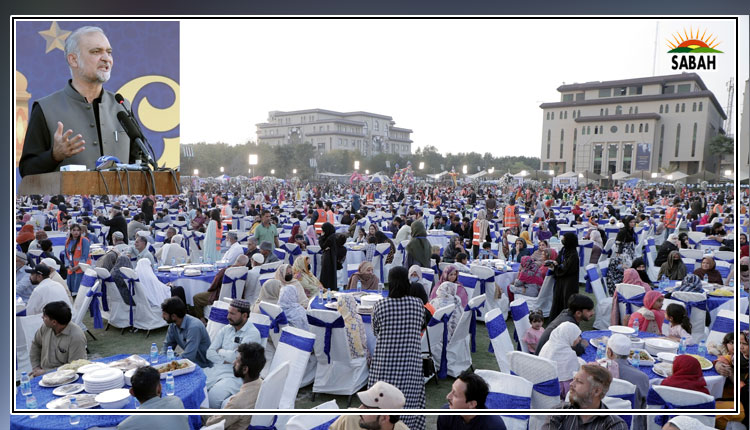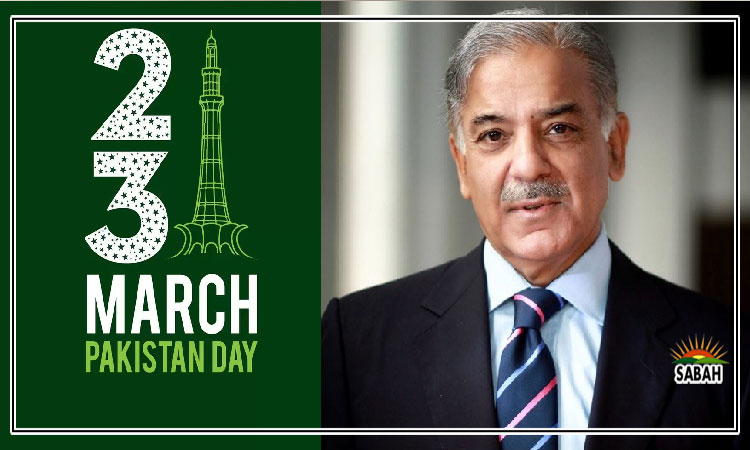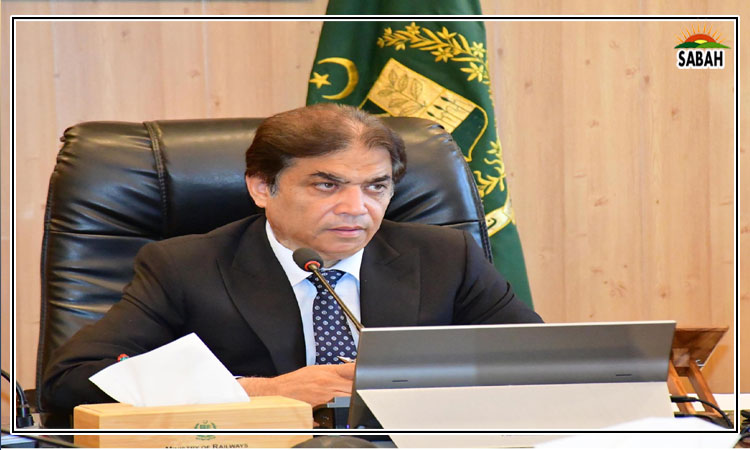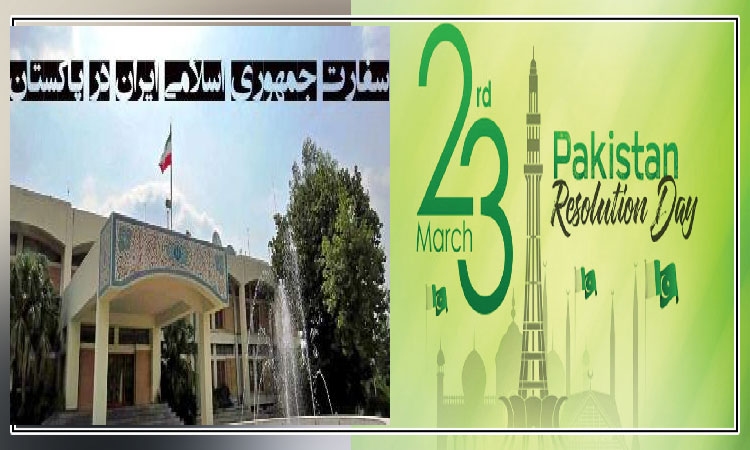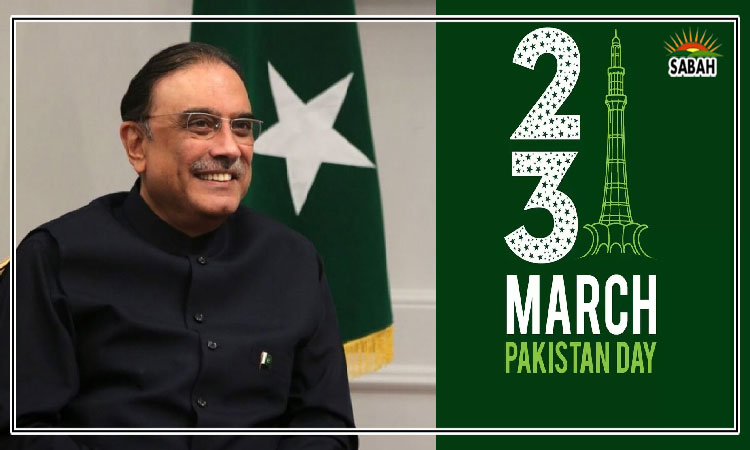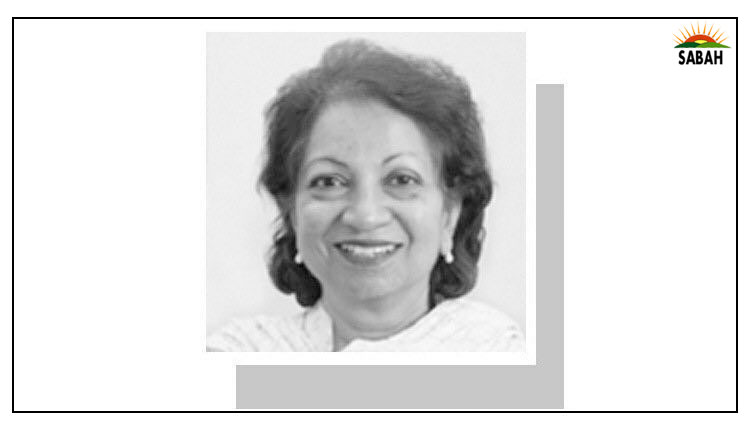Leaving behind millions ….Zeba Sathar
TODAY is World Population Day and the theme this year is ‘Interwoven Lives, Threads of Hope’. While the world is becoming increasingly interconnected, it has, paradoxically, also become vastly inequitable. Many citizens around the world, including those of Pakistan, continue to be highly neglected despite their lives being interwoven with those more fortunate.
UN Secretary General António Guterres has expressed concern over the achievement of the global development agenda outlined in the Sustainable Development Goals, and the collection of data that measures progress towards a better world for all by 2030. A mere six years prior to the SDG deadline, he has highlighted the need for data to capture inequalities in the achievement of universally agreed goals to ensure that no one is left behind. Importantly, while Pakistan may not be recording adequate progress with regard to the SDGs, we certainly collect data to measure inequities in most development outcomes.
The country’s official statistical agency, the Pakistan Bureau of Statistics, has completed not one but two censuses in the last seven years! PBS also collects annual data through a range of regular surveys — the Household Integrated Economic Survey, Labour Force Survey, the Pakistan Social and Living Standard Measurement survey, and many others. The truth is that PBS seems to have little time to share the heaps of crucial data it collects as it is caught up collecting more.
The data of the 2023 census, which has essential ground-level information on the condition of the Pakistani population, has yet to be released. In general, there appears to be a lack of appetite, awareness and ability in Pakistan to analyse and utilise data especially among those making decisions regarding the employment, health, education and other essential needs of the country’s 240 million citizens.
We do not need data to recognise the inequality of lives across Pakistan.
Data reflecting inequities among communities, districts and populations that are being ‘left far behind’, is, in fact, readily available. What is missing, however, is the will to analyse the data, prove its veracity and take action accordingly. The Population Council’s recent analysis of District-Level Vulnerabilities (based mainly on the PBS Pakistan Mouza Census 2020), shows that the distance to a basic health unit in rural Punjab is seven kilometres, 25km in Sindh, 15km in KP, and 51km in Balochistan. Similarly, the average distance to a girl’s secondary school in Punjab is 8km compared to the much higher 38km in Balochistan.
Socioeconomic data is periodically collected by PBS, but barely used. The PBS website is the window to Pakistan’s official figures on everything ranging from prices, numbers of animals and acreage of land to education, health, national accounts, etc. It should be making widely available development data on inequities across Pakistan, showing chunks of the population, especially in the districts of rural Balochistan, which are left very far behind.
There is one silver lining in District-Level Vulnerabilities in the area of communications — mobile density is almost 100 per cent in Pakistan. Undoubtedly, an equaliser, mobile phones make it easier for families to connect with each other and the self-employed to connect with their clientele. Specifically, a large number of migrant families are able to remain regularly in touch with their relatives back home thanks to mobile phones. But, while we remain progressively interconnected through telecommunication, internet and social media, we are drifting apart as a nation, due to the wide disparity of living standards across the population.
We do not need data to recognise the inequality of lives across Pakistan; it is visible around us and just requires a bit of sensitivity and empathy to observe. It is palpable in the lived experience of countless people — a large proportion of whom live below the poverty line. We are surrounded by poverty, discrimination and injustice.
The country’s elite need to take a break from their mundane chatter about politics, the heat, and inflation, and focus on the glaring divide between the rich and the poor. In this regard, the poor treatment of domestic help stands out as a grave issue of concern. Often, these workers who provide household services face humiliation and even violence at work and at home.
Women’s empowerment is a priority area of the SDGs and human rights in general. Still, women in Pakistan (with the exception of a privileged few) generally fall in the bottom rung of any socioeconomic metric; they lead a life fraught with difficulty. They are often malnourished and experience frequent and unwanted pregnancies, and have poor access to basic services, such as health and education. Above all, they are generally devoid of any agency to make decisions concerning themselves or their children, and struggle to make ends meet.
Children’s rights and welfare is at the heart of the SDGs. In spite of that, a majority of children in Pakistan are denied even their basic rights. We continue to remain complacent about high levels of fertility when out of the 7m babies born each year, about half are either unwanted or mistimed, and are likely to end up being born in poor households. The vast majority of these children are likely to be stunted and never go to school. Many would be lucky to survive their first birthday.
The poor are berated through remarks such as ‘these people have too many children and do not look after their health’. Given the indifference to their plight, there may come a point when the poor are blamed for not wanting to get out of their state of poverty. This attitude is in divergence with the values of a just and humane society.
A thread of hope in terms of providing basic needs to the millions being left behind would lie in our state leadership, elites and citizens groups waking up to the situation. A major jolt is required to disturb the prevailing complacency, apathy and lack of conscience that are preventing policies that direct resources towards access to health, education and safe drinking water for millions of Pakistanis. Without immediate course correction, Pakistan is headed towards default on its SDGs by 2030.
The writer is Country Director, Population Council.
Courtesy Dawn, July 11th, 2024


